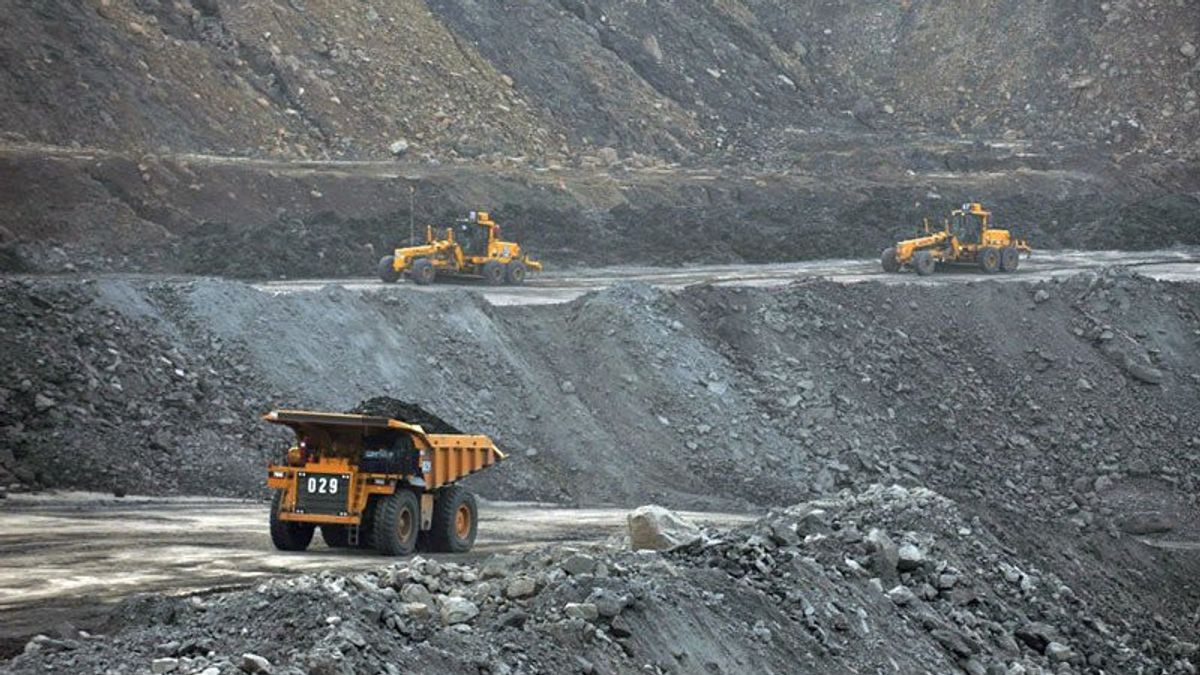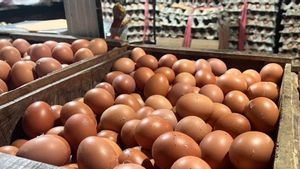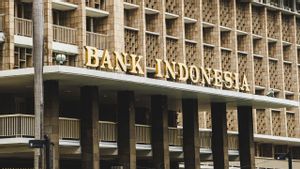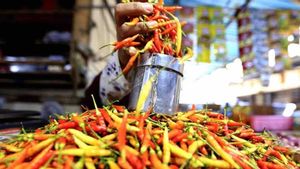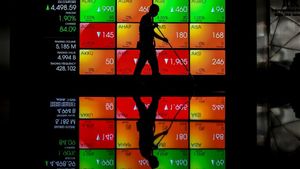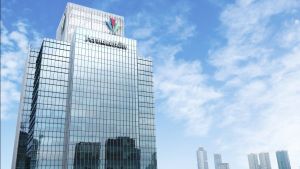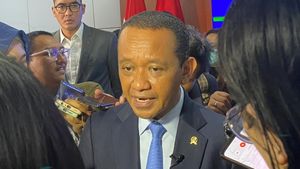JAKARTA - The electricity crisis that hit India due to a heat wave has also boosted Indonesia's coal demand.
As a result, the Reference Coal Price (HBA) in June 2022 rose 17 percent or 48.27 US dollars per tonne to 323.91 US dollars per tonne from last May, which was 275.64 US dollars per ton.
"The Indian government has increased the number of coal imports due to the tight supply of coal from domestic producers for power plants", said the Head of the Communication, Public Information Services and Cooperation Bureau (KLIK) of the Ministry of Energy and Mineral Resources, Agung Pribadi, in a written statement, Monday, June 6.
Apart from India, continued Agung, the value of HBA is also still influenced by the condition of China's coal needs.
"Their demand also increased because the PLTU there began to accumulate coal stocks for the fall. Moreover, there was a policy of eliminating coal import taxes in China for the next 9 months", he explained.
Another important factor is the geopolitical condition of Europe as a result of the conflict between Russia and Ukraine.
The European Union issued a policy to stop imports of coal from Russia effective from next August.
"Buyers from Europe are actively seeking coal supplies from Asia", said Agung.
Agung explained that during the last six months, the HBA chart continued to climb. Starting from January 2022 at 158.50 US dollars per tonne, rising to 188.38 US dollars per ton in February.
Furthermore, March touched the figure of 203.69 US dollars per tonne, April of 288.40 US dollars per tonne, and lastly, in May it was at the level of 275.64 US dollars per ton.
"This June HBA will be used directly in the sale and purchase of coal commodities (spot) for one month at the point of delivery of sales on a Free on Board basis on a transport vessel (FOB Vessel)", he said.
HBA is the price obtained from the average index of Indonesia Coal Index (ICI), Newcastle Export Index (NEX), Global coal Newcastle Index (GCNC), and Platt's 5900 in the previous month, with quality equivalent to 6322 kcal calories per kg GAR, Total Moisture 8 percent, Total Sulfur 0.8 percent, and Ash 15 percent.
Two derivative factors influence the movement of HBA, namely, supply and demand.
In terms of supply derivatives, it is influenced by season (weather), mining techniques, supplier country policies, to supply chain technicalities such as trains, barges, and loading terminals.
Meanwhile, the derivative demand factor is influenced by falling electricity demand, which correlates with industrial conditions, import policies, and competition with other energy commodities, such as LNG, nuclear, and hydro.
In addition, the government has also set a domestic HBA specifically for electricity at 70 US dollars per tonne and 90 US dollars per ton for domestic HBA for the fuel needs of the cement and fertilizer industry. for the community", said Agung.
The English, Chinese, Japanese, Arabic, and French versions are automatically generated by the AI. So there may still be inaccuracies in translating, please always see Indonesian as our main language. (system supported by DigitalSiber.id)
